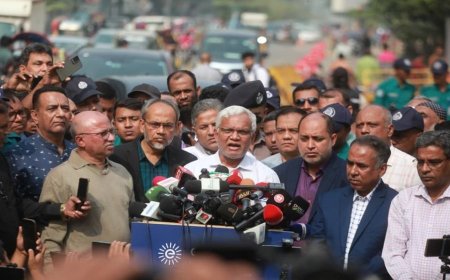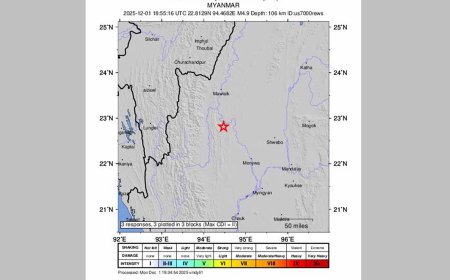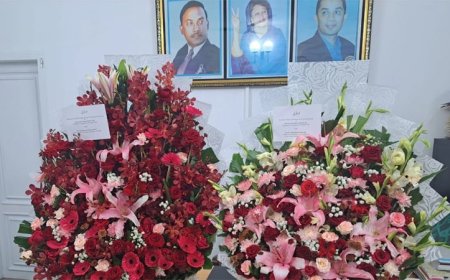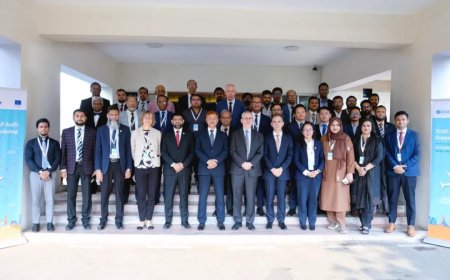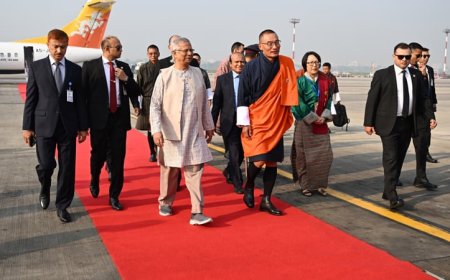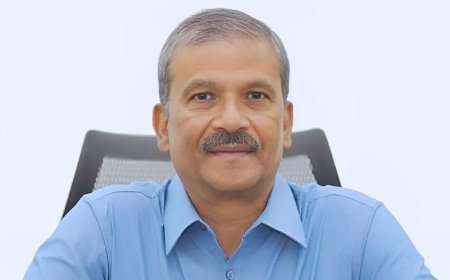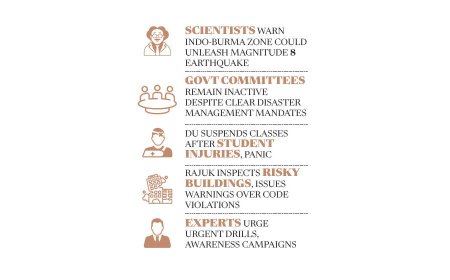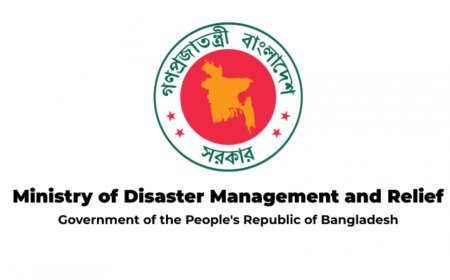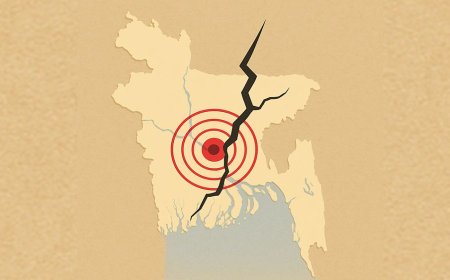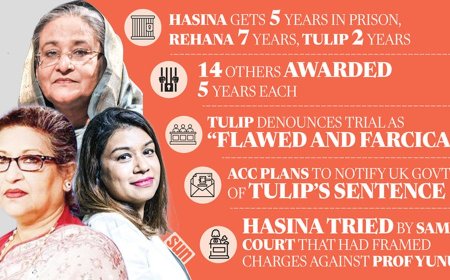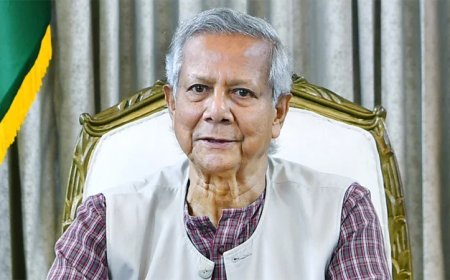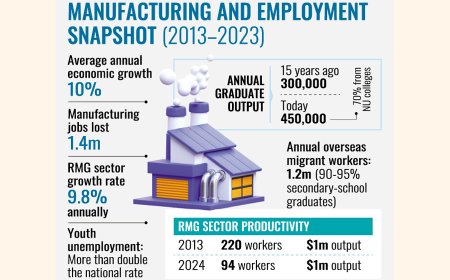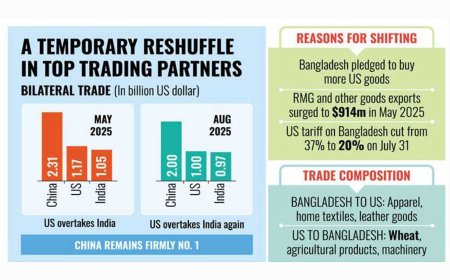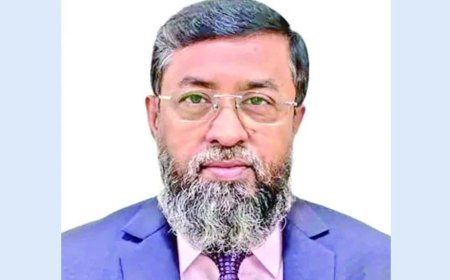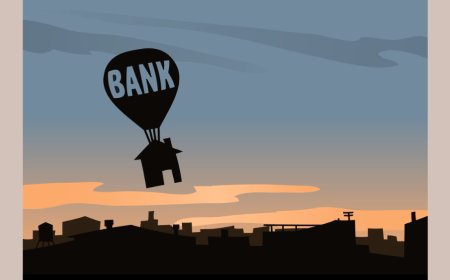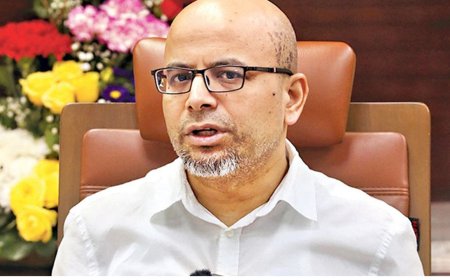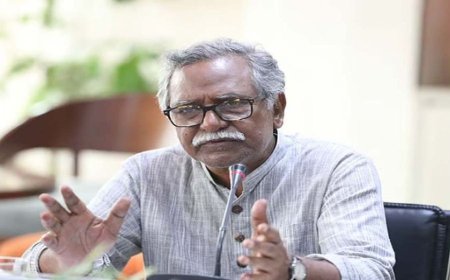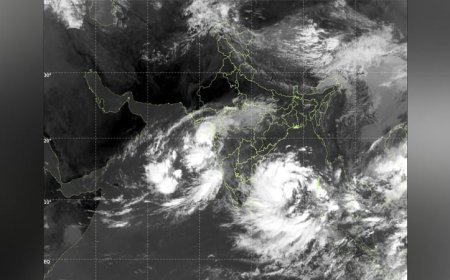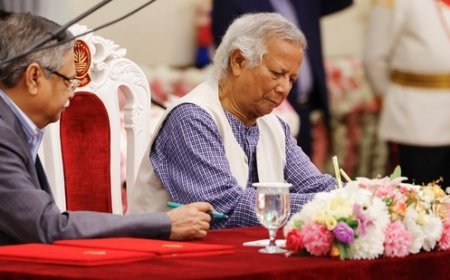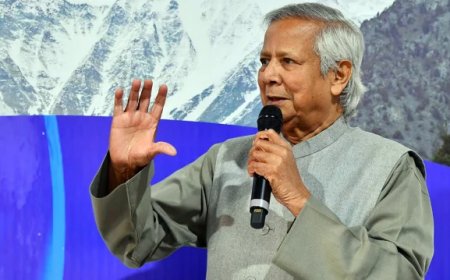A significant disparity in land distribution: 6% of large farmers control one-fourth of the total land, leaving many landless
A significant disparity in land distribution: 6% of large farmers control one-fourth of the total land, leaving many landless
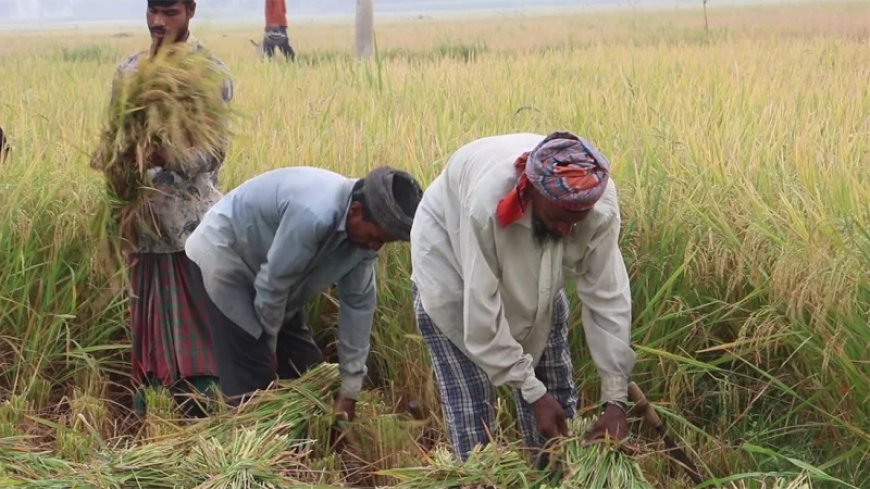
- Marginal farmers, comprising 41% of the total, manage only 11% of the land.
- Around 40% of farming households are completely landless tenants.
- Only 23% of farmers have access to agricultural extension services.
Despite the abolition of the British-era Zamindari system through the East Bengal State Acquisition and Tenancy Act of 1950, disparities in land ownership remain prevalent in Bangladesh, hindering the agricultural sector's growth. Agriculture, a critical economic sector employing over 40% of the workforce, is stymied by unequal land distribution and limited access to resources for small and marginal farmers.
A recent IFPRI report reveals that 41% of marginal farmers operate only 11% of arable land, while 6% of large farmers control a quarter of the total. Landlessness affects 56% of rural households, with rates ranging from 47% in Khulna Division to 68% in Chittagong Division. Furthermore, 40% of farming households are pure tenants without land ownership, while 36% cultivate their own land exclusively. Sharecropping remains the dominant land-tenure system, with 43% of farmers engaged in this practice.
Smallholder farmers face significant financial barriers, relying heavily on microfinance institutions due to limited access to formal banking services. In 2022, only 2.7% of marginal farmers and 5.3% of smallholders accessed bank loans, while over 80% depended on costlier informal credit sources. Innovative financing models, such as post-harvest repayment schemes, are essential to address these challenges and support productivity growth.
Access to agricultural extension services is also limited, particularly for small-scale farmers. While 38% of large farmers benefit from such services, only 16% of marginal farmers have access. Extension services are critical for equipping farmers with skills to adopt new technologies and improve practices, yet they remain underutilized.
Climate change exacerbates these issues, disproportionately affecting smallholders due to their limited resources and capacity to adapt. Vulnerability to environmental shocks further limits their ability to adopt resilient agricultural technologies, posing a significant threat to the sector’s sustainability.
Addressing these challenges through equitable land policies, expanded financial access, and robust agricultural support systems is crucial for ensuring inclusive growth and resilience in Bangladesh’s agricultural sector.
What's Your Reaction?









